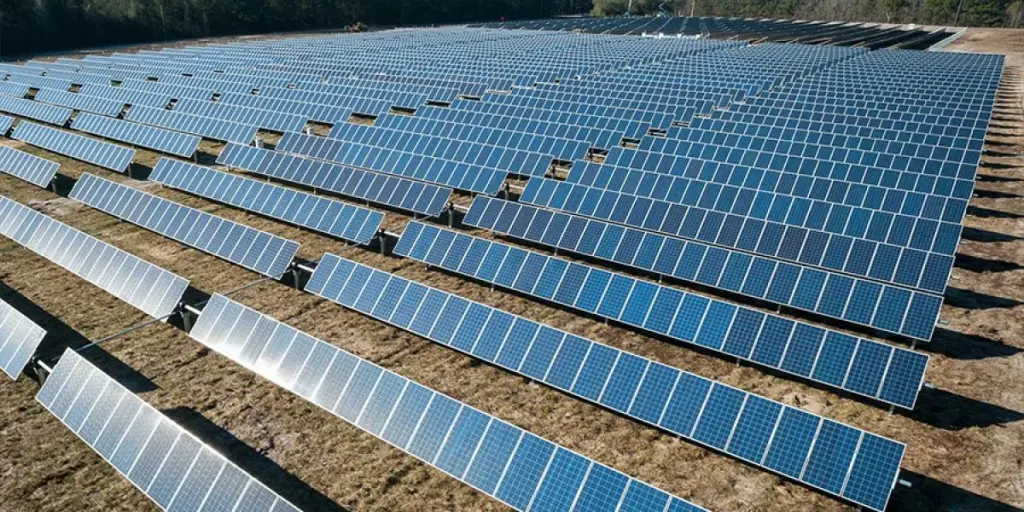The Sierra Club, an environmental group with a focus on reducing fossil fuel pollution, has graded 75 American utilities on their resource plans through 2035. The average grade was a “D.”

Image: Consumers Energy
From pv magazine USA
The Sierra Club has issued a report on how the resource plans of half the utilities in the United States will affect their emissions from fossil fuel combustion.
The group analyzed 75 operating utilities that are owned by the 50 utility parent companies that owned the most coal and gas generating capacity as of 2021, when the Sierra Club began its annual reporting.
The report gave six of the 75 utilities a grade of “A,” based on points awarded for planned coal retirements and renewables deployment, and points deducted for planned gas deployment.
The six companies earning an “A” grade are Public Service Company of Oklahoma, NV Energy-Nevada Power Company, NV Energy-Sierra Pacific Power Company, Entergy Arkansas, Xcel Minnesota/Wisconsin, and Northern Indiana Public Service Company.
All but the last of those six companies are owned by parent companies that received a grade of “B” or lower.
The average grade across all the utilities was “D.”
The 75 utilities plan to build 168 GW of solar and 70 GW of wind by 2035, a spokesperson said.
They plan to retire 58 GW of coal units out of the 148 GW they own, yet “only 30%” of the utilities are committed to retiring their coal generation by 2030, the report says.
The utilities plan new gas capacity totaling 93 GW.
“Only 10” of the utilities are committed to reducing their emissions by 80% by 2030, while overall, the utilities plan to replace 52% of their fossil fuel generation by 2035.
The report makes six recommendations for utilities “to improve their planning”:
- Conduct “rigorous” modeling for generation resources and transmission. Some utilities, the report says, “have no formal integrated resource planning process.”
- Accurately model the renewable energy options available and “incorporate the risks” of building additional fossil generation.
- Incorporate in resource planning the federal incentives available under the Inflation Reduction Act.
- Increase transparency in the planning processes.
- Use all-source requests for proposals (RFPs) when seeking new generating resources.
- “Maximize available interconnection points” and work with local governments and communities to enable renewable energy development.
The Sierra Club works to promote clean energy, said a spokesperson, noting the organization “has worked directly with utility companies to find clean energy solutions,” that it works with lawmakers on legislation like the US Inflation Reduction Act, and that it “empowers its members to use their voice and call for local changes that pave the way to a healthier, greener future.”
This content is protected by copyright and may not be reused. If you want to cooperate with us and would like to reuse some of our content, please contact: editors@pv-magazine.com.
Source from pv magazine
Disclaimer: The information set forth above is provided by pv-magazine.com independently of Chovm.com. Chovm.com makes no representation and warranties as to the quality and reliability of the seller and products. Chovm.com expressly disclaims any liability for breaches pertaining to the copyright of content.




